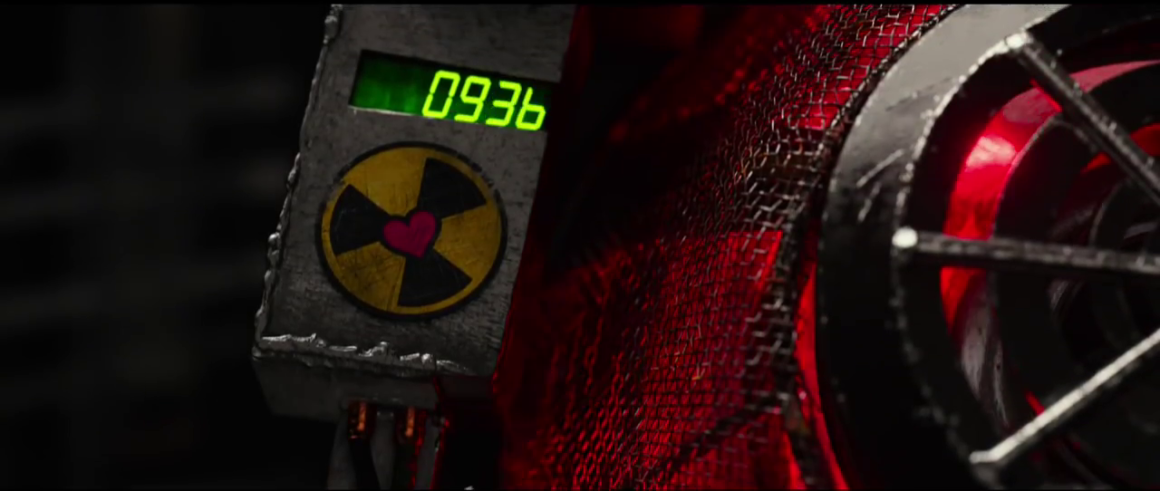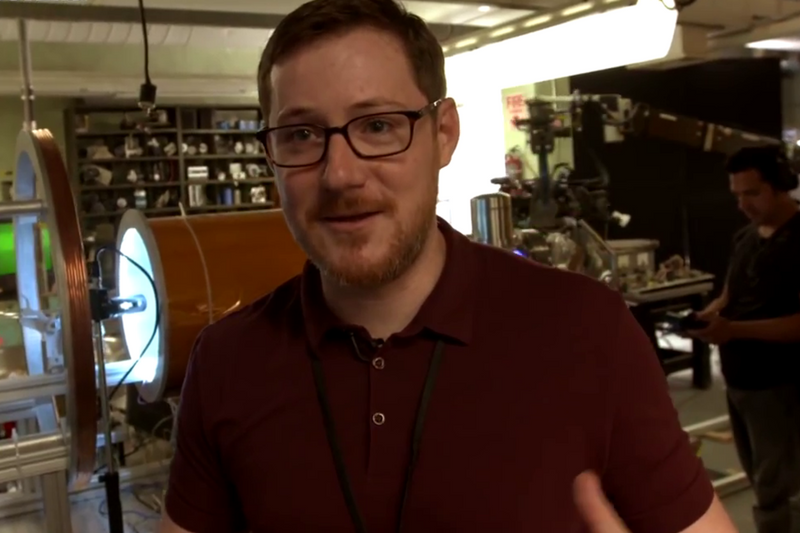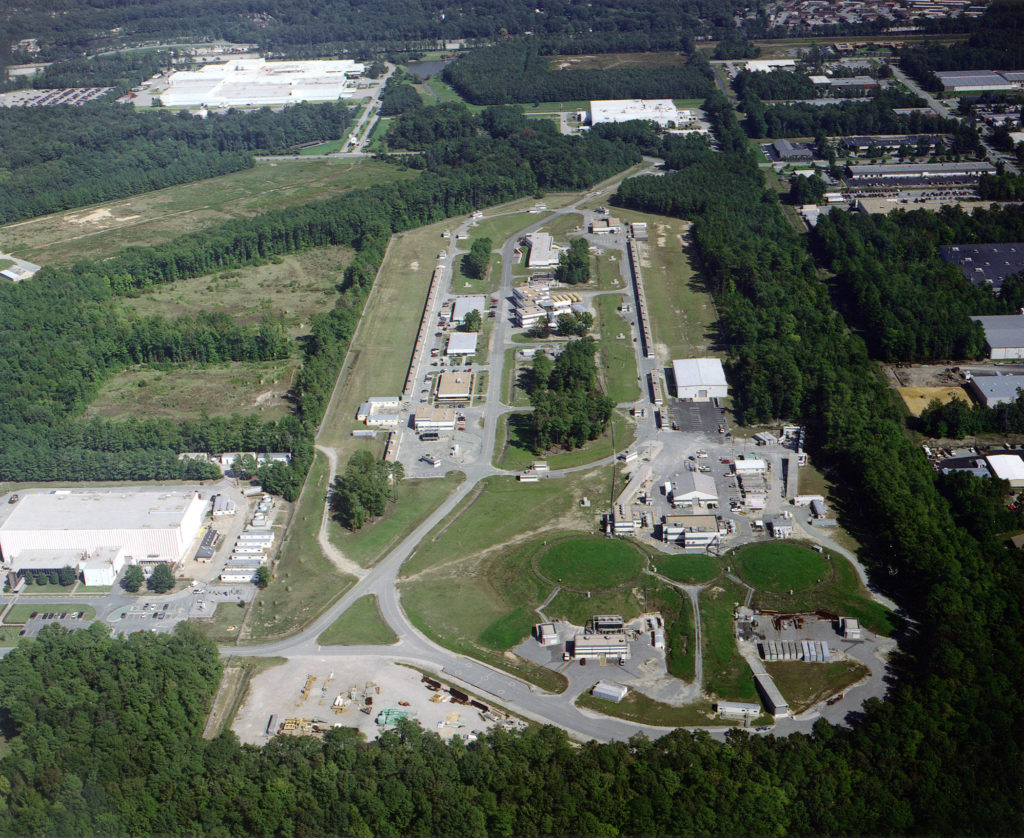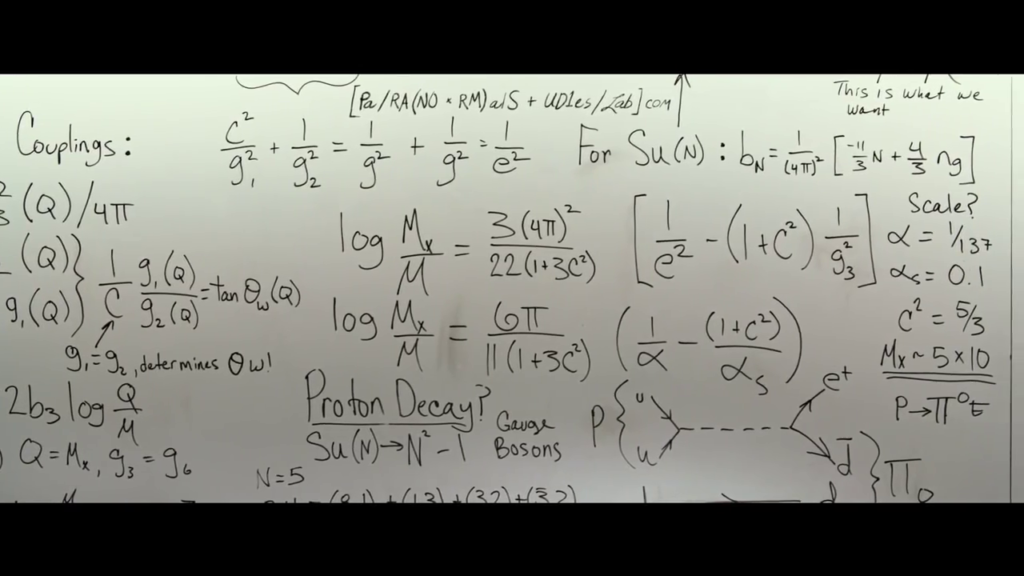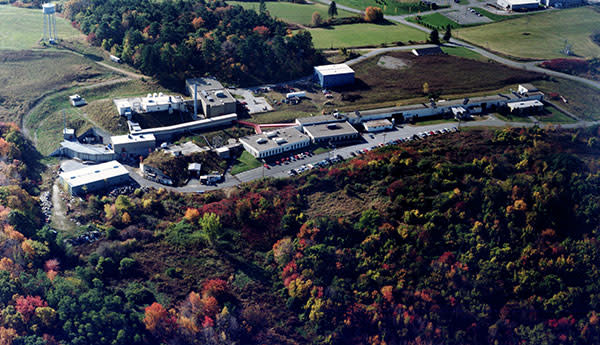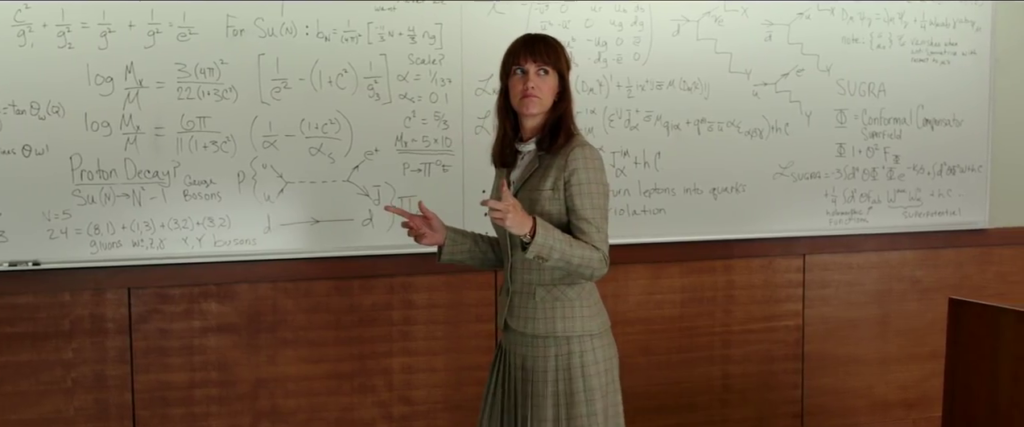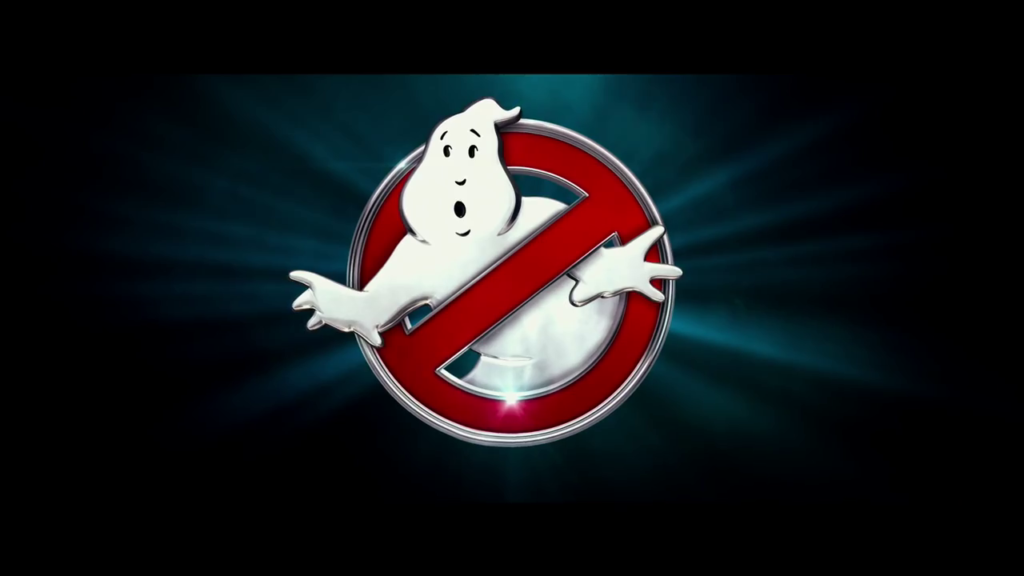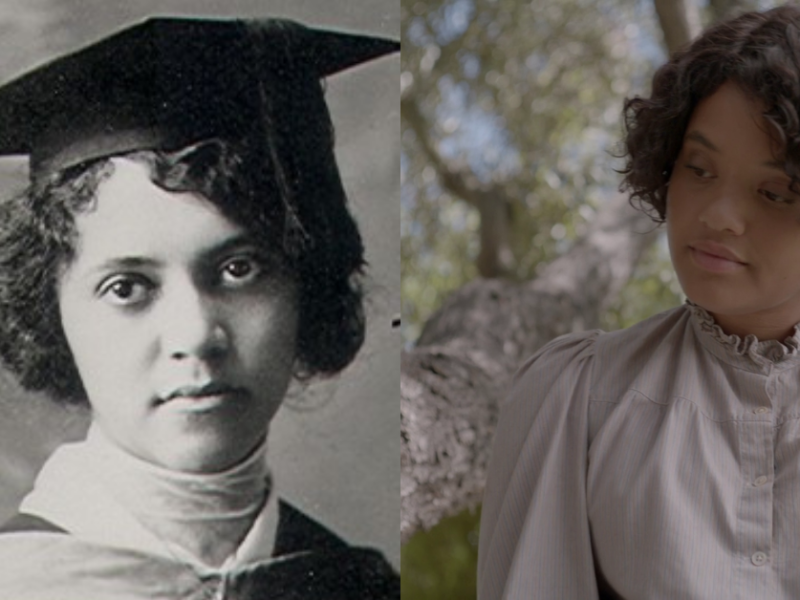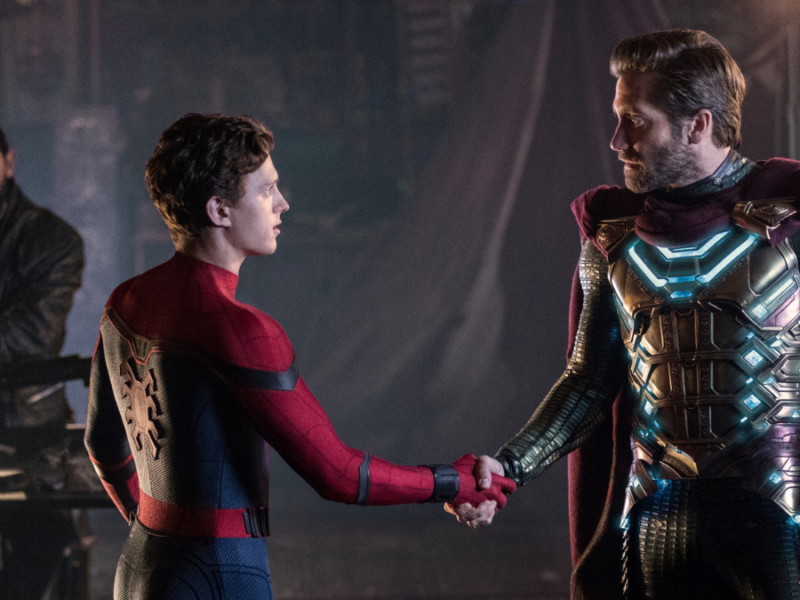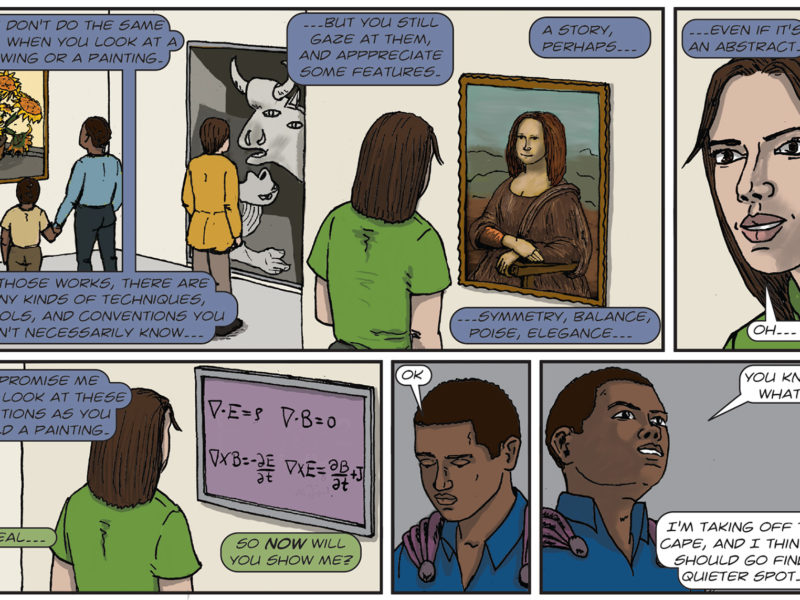In my last article, I looked at the science behind the Ghostbusters' Proton Pack. The Proton Pack is a miniature particle accelerator and the design incorporates technology and some real-world physics. Many of the movie's designs and props seen in the Ghostbuster's reboot was the work of experimental particle physicists, James Maxwell and I had the chance to ask him what it was like to work on Ghostbusters. (Spoiler alert: It was pretty exciting!)
Can you tell me something about yourself and what you do?
When I worked on Ghostbusters, I was a post-doc. When graduated, I took a job at the Thomas Jefferson National Accelerator Facility, which is an electron accelerator in Virginia. My expertise is in polarized forces and targets. My thesis experiment was the study of polarized spin structure functions on the proton. So I was the target expert on that experiment. When I went to MIT, I started working on polarized sources. We would polarize helium gas to ionize it and extract polarized beams. Now that I am back on Jefferson lab, I am back on the target side of polarized particle physics.
DWere you responsible for the equations seen on the whiteboard in the first trailer?
JNo. That was one of my colleagues at MIT, she is a professor. I am more of a hardware experimentalist. I am in charge of making the beams and making the target. I don't actually teach. I had a permanent staff position at a national lab. My colleague, Lindley Windslow, is the one who did all the equations on the board. I am the one who helped them build some props to design the Proton Packs.
(You can check out Lindley's interview here).
DHow did you come to work on Ghostbusters and eventually redesign the Proton Pack?
I guess I should start from the beginning. My initial involvement seemed like it would be relatively minor. Essentially, the folks at Sony had contacts in California and, because they were going to be filming in Boston, were hoping to tour some labs at MIT to get some ideas for some props and some sets. They were put in contact with Lindley Winslow. She is a new professor who just started last year and she took them on tours of the labs in the Laboratory of Nuclear Science which is a sub-section of the Physics Department at MIT. It just so happens, she was moving into a lab that was adjacent to mine and during one of the tours with the props people from Sony, she asked me, "Would you mind if we took a look at your lab?" as I had given her a tour of my lab a couple of weeks before. My stuff is kind of fun looking and she wanted to show it to these filmmakers.
I was expecting some indie filmmakers but no, they were people from Sony asking about Ghostbusters. I thought, "Oh, this is so cool." So I showed them my lab, they took a bunch of pictures of my lab and several other labs. They showed the pictures to Paul Feig and apparently, he pointed at some of the apparatus in my lab and said, "That... I want that!" So they contacted me and ask me if I would help them make the apparatus in my lab to put in the set for Ghostbusters. I said "Sure!" I helped them for a couple of months, buying parts, or borrowing spare parts that were once part of MIT's old accelerator up at Bates [Linear Accelerator] to use on the set of Ghostbusters. Because I was doing this on set, I also got to be present during the filming of the initial lab scene at the Higgins Institute.
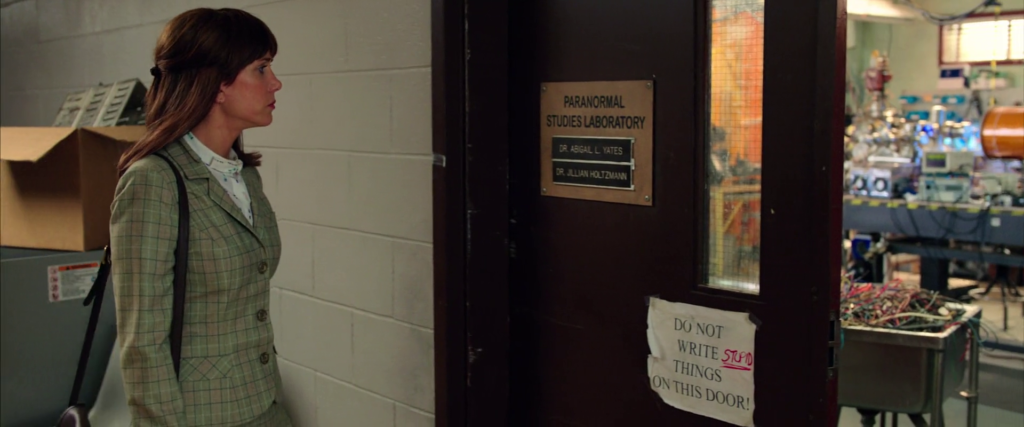
So while on set, I got to meet Paul Feig, Kate McKinnon, Melissa McCarthy, and Kristen Wiig. That was very exciting! So anyway, as I was on set, they started asking me about other hardware and physics questions. Based on how helpful I was, they had some Proton Pack designs that had already been done, but they did not know how such a device would work. So they asked, "Would you mind sitting down with this design of the Proton Pack and tell us how this device would work in the real world and what parts would it need and put together to make a real Proton pack." I sat down and dug into how a Proton Pack would probably work. From there, they liked the work I did on that, and they had me work on other props. I would occasionally get calls to to work on the script. So I would get calls about, "Hey, what does this sound like? Does it seem like a feasible thing. Is it 'scienc-y?' Yes or no?"I would say, "Maybe you should try this instead."
It was a fun time last summer, while I was at Brookhaven National Lab, working with the superconducting magnet. Sometimes I would be frustrated that something was not working but then I would get a phone call from the props guys, "Oh, I have a question from Paul Feig and Melissa McCarthy. Would you mind talking to them?"
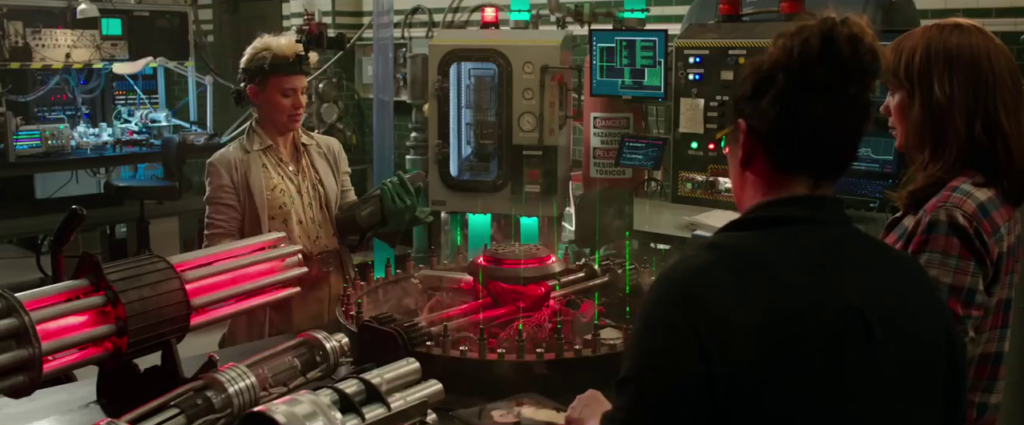
That's really cool. Did you have a hand in the creation of what looks like a laser bear trap or what it is?
No, I didn't. What I know about what happens in the movie is relatively small. I don't know if that's how movies work. Unless you're the director, you don't see the whole vision but the parts of the movie I know about are in the beginning in the lab space, and little snippets of script here and there. I would have to figure out how that would work though.D
So how does a Proton Pack work?
I knew from the original movies when I was a kid how the pseudo-science worked. The idea is there is a cyclotron on the backpack and they had this unregistered particle accelerator on their backs. So essentially I wanted to take that idea, "flesh it out," and modernize it. I thought that instead of using a cyclotron, they should update to a synchrotron, which is a more sophisticated particle accelerator. Particles are accelerated in a ring rather than a disc shape as in the cyclotron. This involves the use of super-conducting magnets. What I did was walk through what I would do to build a tiny particle accelerator, and the parts needed if you were to assume this device would work.
(You can read more about the science behind the Proton Pack in a previous article.)
It is difficult to build an accelerator on that scale. If you look at a place like CERN, you can see there is a reason why you would make a ring that is many miles around. The final energy is dependent on the strength of the magnet, and the radius of curvature of the ring. So to put a particle accelerator on your back you probably won't have a high energy beam but this is science fiction. So we assume there is some magical device that can fix those problems.
How did science influence the characters? Are they that different from the originals who were at times somewhat inept in the sciences?
This is a good question. I did not do a lot of the writing and I don't know very much about the characters. I was consulting on props mostly. I do have a sense from the media and trailers what the characters are about. Maybe I am not the best person to ask.
I won't say that the initial team was inept. They were sort of doing this in their garage. You have Egon (Harold Ramis) who is a very good scientist, and the other guys are parapsychologists. I won't say they were bad scientists. They are just kind of kooky. So I think that is the same kind of flavor they are bringing to this movie. They are real scientists who are a little bit lost but still use science as a tool to fight ghosts.
How do you make changes in the script when "science errors" crop up?
I am trying to think of specific instances. Sometimes writers will, depending on how science savvy they are, that is Kate Dippold and Paul Feig, they will try to put some pseudo-science in the script and run it by me. Like, "Is this a thing that could happen? We are mentioning this type of device to be used in a ghost trap. Is this a thing you can use? What kind of alloys would make sense in a magnetic device like this?"I might reply, "That's an interesting idea to use this alloy but I would use something non-magnetic. So maybe, switch from steel to aluminum."That did not actually happen but those are the sorts of things I would be asked.
Was Paul Feig enthusiastic about science or science-savvy?
I only got to briefly meet him but from everything I have seen, he seems to not only be enthusiastic but he seems to really want to make the science realistic. He wants to ground this fun and fantastic stuff with neat science toys that are science tools.
Why do you think the Ghostbusters reboot is important?
When the first Ghostbusters came out, I was about two. But when the second movie came out, I was about seven. My friends and I were the prime age to be excited about Ghostbusters fever, and we would play Ghostbusters on the playground. So having science role models like that, as a kid, you really don't think it's going to change you too much. One of the reasons I became a scientist was probably because I had science role models in media in movies and TV shows. Then there was, "Back off man, I am a scientist." That was a seminal quote form the first movies. So having role-models is very important and I am happy with Paul Feig sticking with the idea to not only have scientists but female scientists as role models.
Final Comments
Movies like the Ghostbusters are important as they can provide positive role-models for children. This is especially true in the sciences. The next article will look at how Lindley Windslow made the movie's science as realistic as possible.

